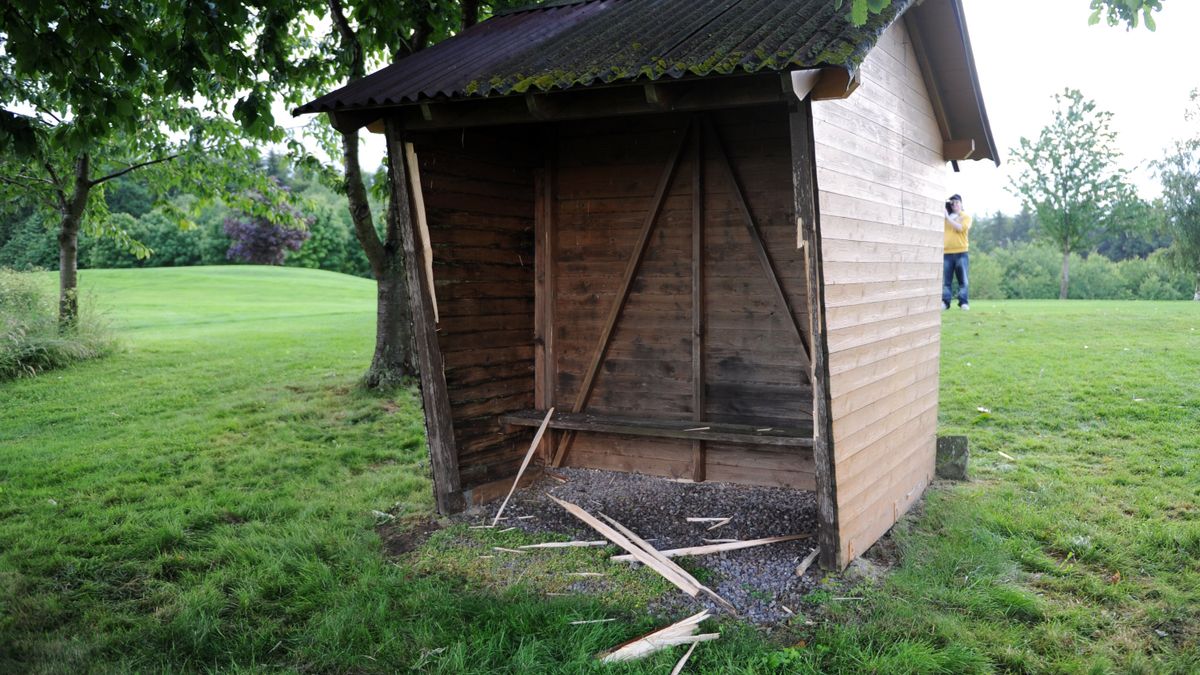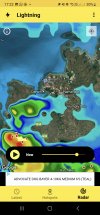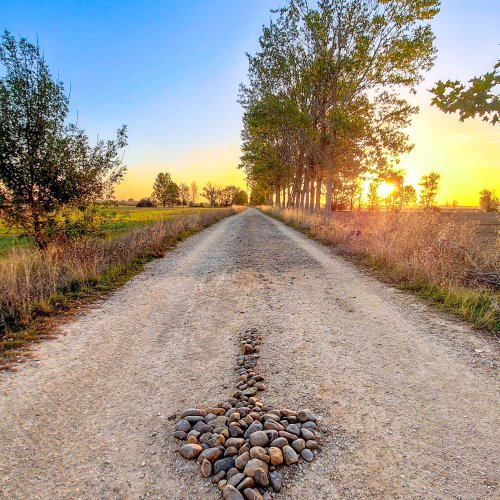Much has been spoken in Camino forums about how and what to pack for rain on the Camino. But I don’t see much sharing on protecting oneself against lightning.
What do pilgrims do when they chance into an electrical storm with bolts of lightning crashing to the ground, especially when they’re already far out in open country with no shelter in sight?
Unlike rain, lightning kills and is not to be taken lightly (no pun intended).
This scenario was played out in the book I’m reading at the moment titled, To The Field Of Stars, by priest pilgrim Kevin A. Codd, where he describes a storm he encountered between Astorga and Rabanal during his own pilgrimage back in August 2003.
In his account, he admits being terrified at the thought of being roasted by the lightning and began praying to Saint James, who apparently was known in the Gospel as one of the “Sons of Thunder”.
He writes:
Well, I suppose prayers, faith and miracles can indeed keep one safe, but I’d just like to hear the experiences of those who have walked through an electrical storm such as this with bolts landing in their midst. What did you do to keep safe, if at all?
What do pilgrims do when they chance into an electrical storm with bolts of lightning crashing to the ground, especially when they’re already far out in open country with no shelter in sight?
Unlike rain, lightning kills and is not to be taken lightly (no pun intended).
This scenario was played out in the book I’m reading at the moment titled, To The Field Of Stars, by priest pilgrim Kevin A. Codd, where he describes a storm he encountered between Astorga and Rabanal during his own pilgrimage back in August 2003.
In his account, he admits being terrified at the thought of being roasted by the lightning and began praying to Saint James, who apparently was known in the Gospel as one of the “Sons of Thunder”.
He writes:
“I don’t suppose many will believe this, but it is the absolute, factual, meteorological truth: at this very moment, the massive storm begins ever so slowly to divide into two cells one drifting to the south, and the other sliding ever so slowly away to the north … I am still being rained upon, but the sky directly above me is no longer the ash-gray of death. There is lightning to the north and lightning to the south, but I and the others are walking between those strikes, far from dry shod, but we are safely walking between those strikes”.
Well, I suppose prayers, faith and miracles can indeed keep one safe, but I’d just like to hear the experiences of those who have walked through an electrical storm such as this with bolts landing in their midst. What did you do to keep safe, if at all?






























